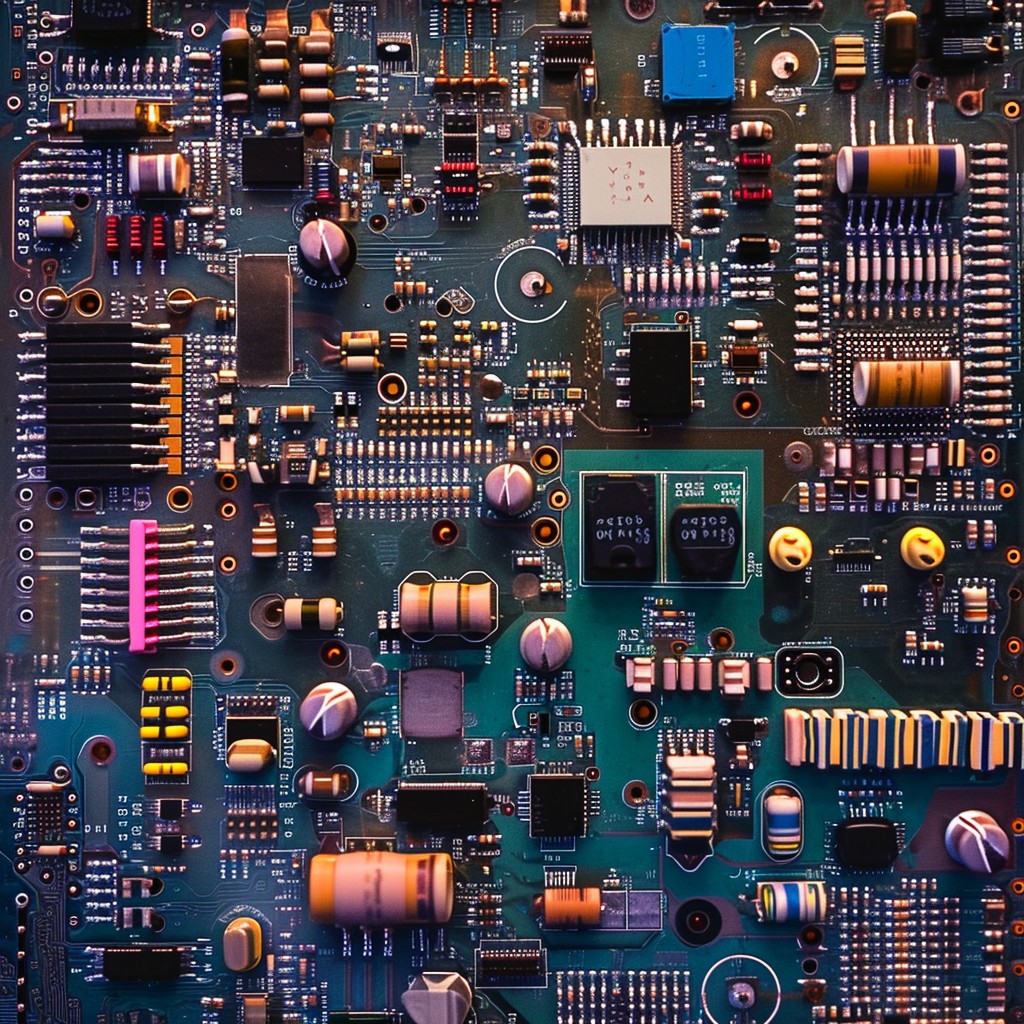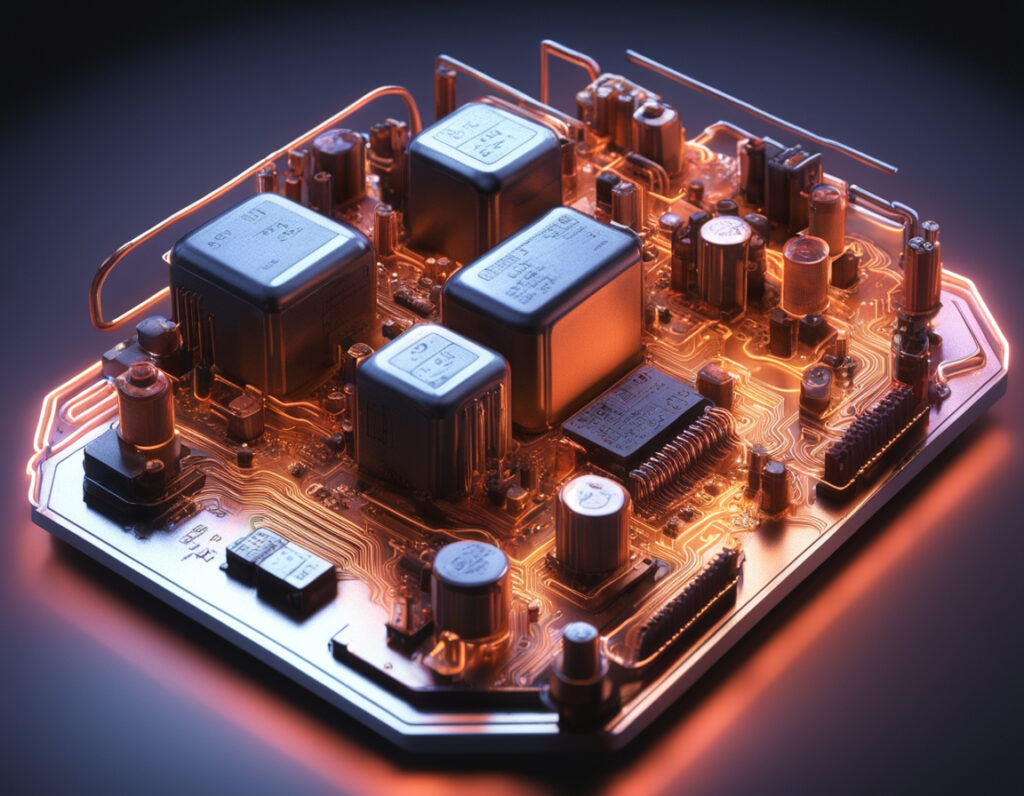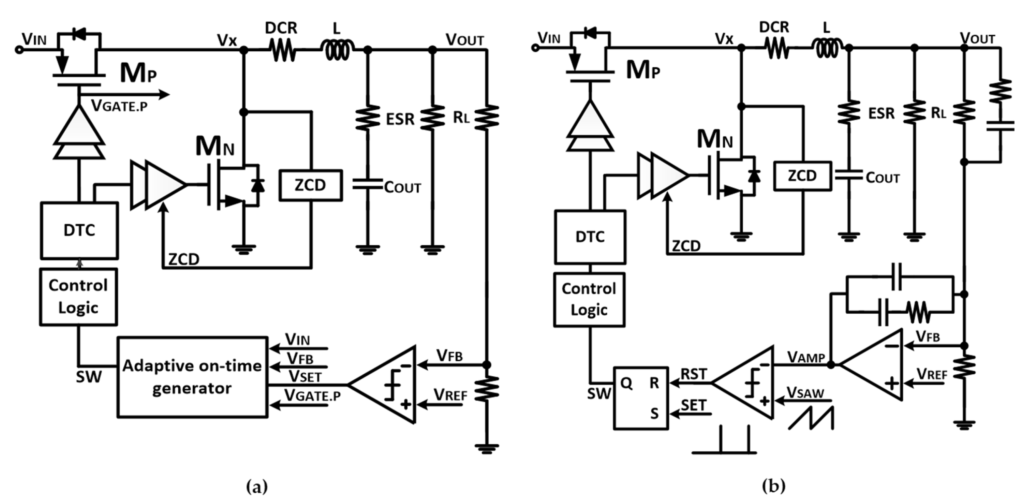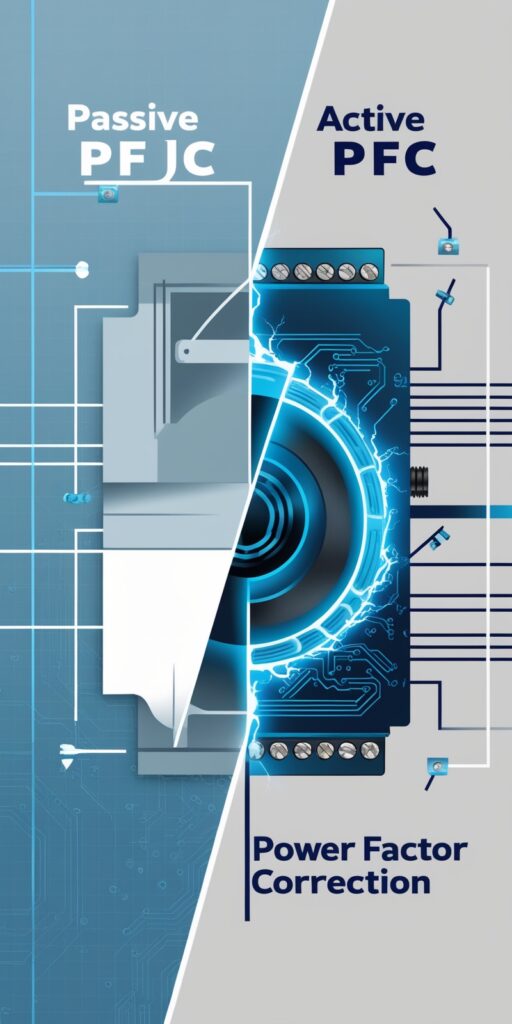
Switch Mode Power Supplies (SMPS) have revolutionized power electronics, offering unparalleled efficiency and compactness through sophisticated switching techniques. These devices are indispensable in modern electronics, from consumer gadgets to complex industrial systems, where they enhance performance while minimizing size and heat generation. This article delves into the intricate workings, advancements, and emerging trends in SMPS, providing a comprehensive overview for power electronics engineers and industry professionals.
At its core, an SMPS operates by converting electrical power efficiently through high-frequency switching. Unlike linear regulators, which dissipate excess power as heat, SMPS achieve efficiency by rapidly switching components on and off, a technique that reduces energy loss. The fundamental architecture of an SMPS includes critical elements such as switching devices, typically MOSFETs or IGBTs, which regulate current flow; a transformer, which provides voltage isolation and transformation; and passive components like inductors and capacitors, which smooth and filter the output voltage and current to minimize ripple and noise.

SMPS designs are characterized by various topologies, each suited to different applications and performance criteria. The buck converter, for instance, is designed to step down the input voltage while increasing current, making it ideal for applications where a lower output voltage is required. Conversely, the boost converter increases the input voltage while decreasing current, suitable for applications needing higher output voltages. For applications where input voltage varies, the buck-boost converter provides versatility by either stepping up or stepping down the voltage. The flyback converter, often used for small to medium power levels, excels in providing electrical isolation between input and output, while the forward converter offers improved efficiency and regulation for higher power applications.

Control techniques are pivotal in determining SMPS performance. Pulse-Width Modulation (PWM) is a widely used method where the duty cycle of the switching device is adjusted to regulate the output voltage. Pulse-Frequency Modulation (PFM), on the other hand, varies the switching frequency to optimize efficiency in low-power applications. More sophisticated methods such as Peak Current Mode Control and Voltage Mode Control offer precise regulation of output current and voltage, respectively, enhancing the stability and responsiveness of the power supply.

Advancements in semiconductor technology have significantly impacted SMPS design. The introduction of wide-bandgap (WBG) materials such as Silicon Carbide (SiC) and Gallium Nitride (GaN) has enabled higher voltage ratings and switching frequencies, leading to improved power density and thermal management. SiC transistors are noted for their ability to operate at high temperatures and voltages with reduced switching losses, making them suitable for high-power applications. GaN devices, with their superior switching speed and efficiency, are becoming increasingly prevalent in high-frequency applications.
In addition to material advancements, soft-switching techniques have gained prominence for their ability to reduce switching losses and electromagnetic interference (EMI). Zero Voltage Switching (ZVS) and Zero Current Switching (ZCS) are two key methods that minimize the energy lost during the switching process by ensuring that switches operate when voltage or current is zero, respectively. These techniques contribute to improved efficiency and longer component lifespans.
Power Factor Correction (PFC) is another critical aspect of SMPS design, aimed at improving input power quality and reducing harmonic distortion. Passive PFC, using components such as inductors and capacitors, provides a basic level of power factor correction, but active PFC, which involves sophisticated control circuits, offers a higher degree of efficiency and compliance with international standards. Active PFC techniques are essential for meeting stringent regulations and ensuring optimal performance in power supplies.

Looking ahead, several trends are shaping the future of SMPS technology. The integration of digital controllers into SMPS designs is enabling more flexible and precise control, with real-time monitoring and adaptability to varying load conditions. Enhanced thermal management solutions are also being developed to address the challenges of increased power densities, including advanced cooling techniques and improved thermal interface materials.
Miniaturization is driving the development of system-on-chip (SoC) solutions, which consolidate multiple power functions into a single chip, reducing board space and component count. This trend towards compact and efficient designs aligns with the growing demand for smaller, more powerful electronic devices.
Additionally, the focus on sustainability is pushing the industry towards green designs that minimize environmental impact. This includes optimizing energy efficiency, reducing waste, and using recyclable materials to meet regulatory standards and sustainability goals.
In conclusion, Switch Mode Power Supplies (SMPS) are at the forefront of power electronics innovation, driven by advancements in materials, control techniques, and emerging trends. For power electronics engineers and industry professionals, understanding these developments is crucial for designing the next generation of power systems that meet evolving demands for efficiency, reliability, and sustainability. As technology continues to advance, SMPS will remain a vital component in achieving optimal power conversion and supporting the growth of diverse applications across various industries.
Bhuwenesh Gupta
First Principles Architect
www.snabelectrik.com
